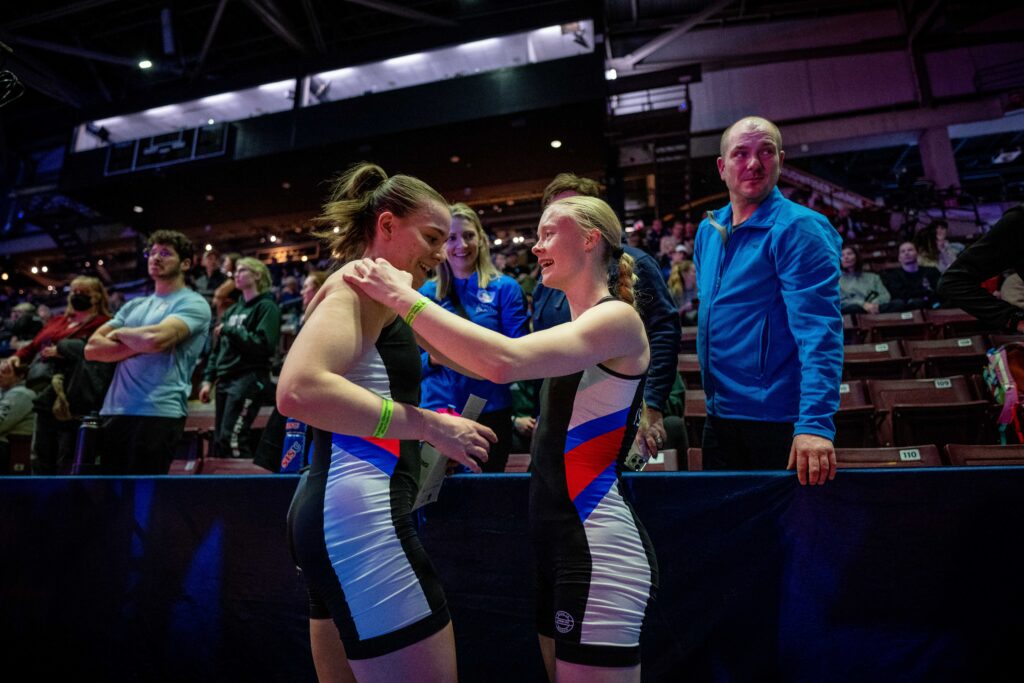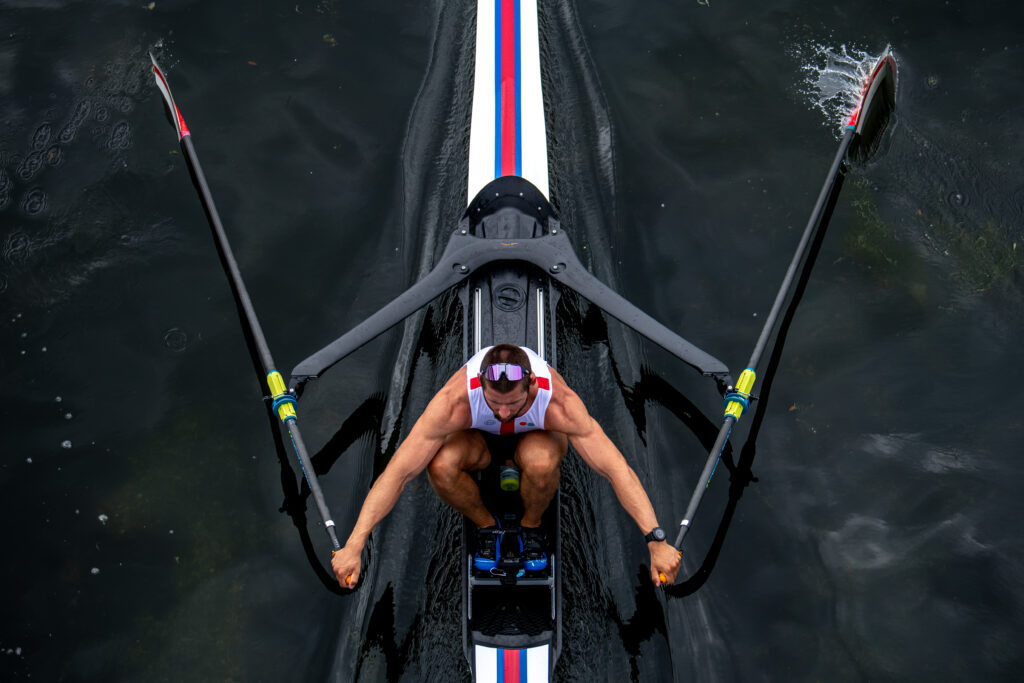
20 Mar 2023
The rise of rowing in the Faroe Islands
At the recent World Rowing Indoor Championships in Canada, five rowers from the tiny nation of the Faroe Islands picked up a combined nine medals between them.
The Faroes sent six athletes to compete under their white, red and blue flag – a pretty big team when you consider that the total population of the islands is around 53,000. The group were enthusiastic about what rowing means to the country.

“It’s our national sport. Most people follow it a little bit, not so much because of the sport but because of the traditions around it,” explains single sculler Sverri Nielsen, who started rowing in the Faroes before moving to Denmark to compete internationally.
Traditional Faroese rowing is in large wooden boats for six to 10 people, plus a coxswain, over distances up to 2,000m. Racing takes place during the summer months, culminating in the finals on the Faroese national day of Ólavsøka, 29 July. The regatta is broadcast on TV and radio and attracts huge attention.
“Especially if the weather’s good, it would almost beat the world championships,” Nielsen says of the numbers who turn out to support.
“It’s a fixed seat, very primitive, there’s no ties for your feet or anything, there’s a plate and usually you put your feet underneath the feet of the person in front of you,” he adds, describing the boats.
“There’s a lot of noise and you’re close to your teammates because you’re sitting shoulder to shoulder. You can hit them in the back with the oar. It’s really close and intense and the race is quite wild and fun.”
Erging seems a natural by-product of the Faroese obsession with rowing, and it was how Nielsen’s potential was spotted. He says indoor rowing has had an impact on the on-water sport.
“A lot of people thought the erg was ruining the sport because people were getting really fit and training the year round for rowing, and usually that wasn’t the case. People played volleyball or handball or something in the winter and then got a boat and tried to row in the summer. When the erg came along the good crews started getting really fast compared to everyone else,” he notes.

Nielsen’s own success – he was European champion in 2020 in the men’s single sculls, with silver in 2021 and world silver in 2019, and finished fourth at the Tokyo 2020 Olympic Games – has been noted.
“A lot of young people look up to me and maybe that’s why erging is getting more popular because more people want to try and do the same thing,” Nielsen suggests. Indeed both indoor and water rowing are in good health in the Faroes, with 143 people competing on ergs this season and two new clubs established during the year.
However, Nielsen says the switch from the heavy wooden boats to fine shells is a tricky one, which few Faroese rowers have yet tried.
“If you’ve learned to row in a Faroese boat your technique is going to be quite different and you have to unlearn what you learned to get in a sculling boat. You’re used to that aspect of the sport where you have to dig deep, but technically you’re at a disadvantage,” he says.
On the other hand, Nielsen says flat-water rowers or coastal rowers from other countries would be well-advised to come and experience the thrill of Faroese rowing for themselves, even if success is far from guaranteed.
“If you like rowing you should maybe try it out,” he concludes.

